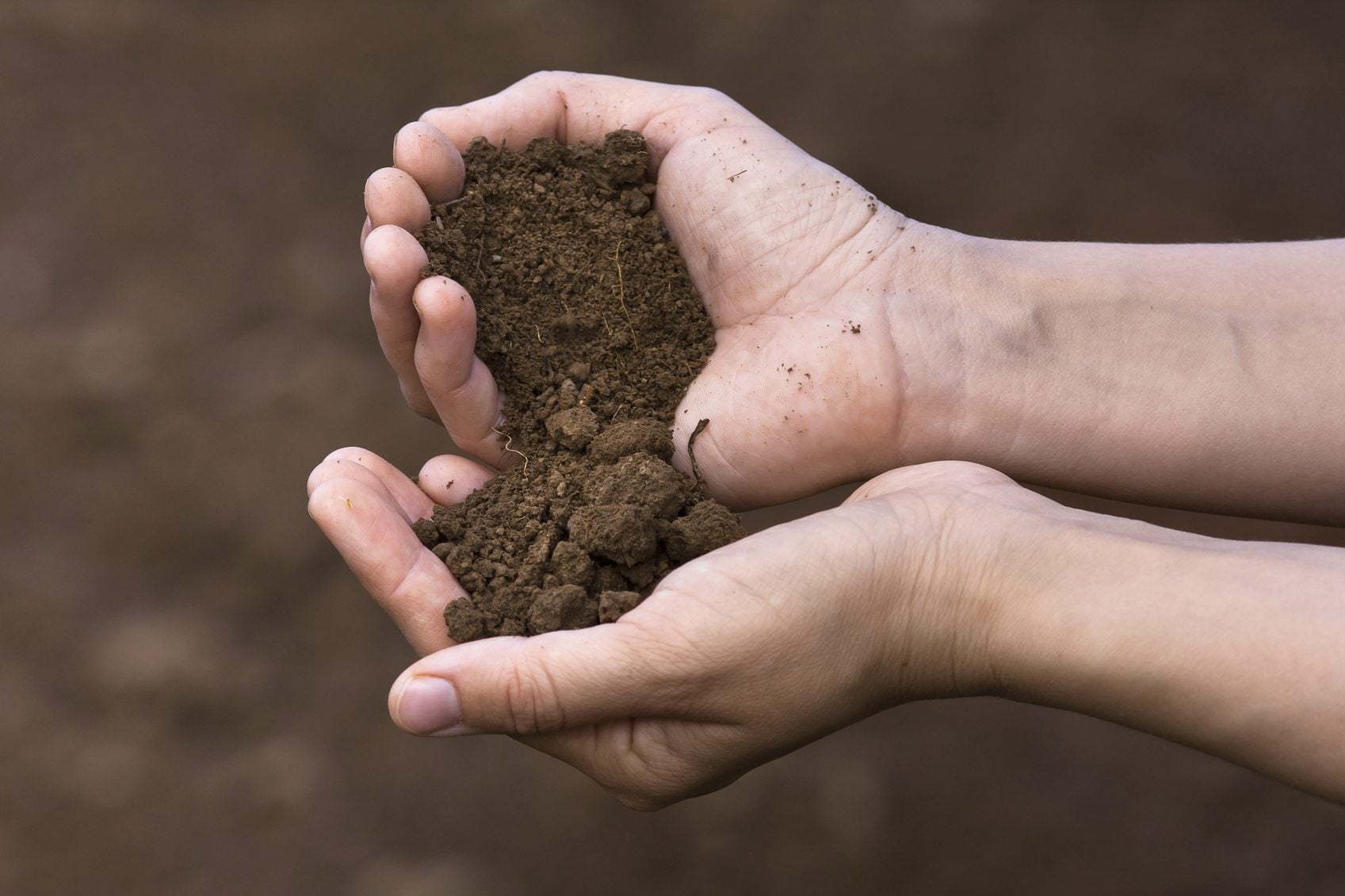What Is Loam Soil: What Is The Difference Between Loam And Topsoil


It can be confusing when reading about a plant’s soil requirements. Terms like sandy, silt, clay, loam, and topsoil seem to complicate the stuff we’re used to just calling “dirt.” However, understanding your soil type is important to selecting the proper plants for an area. You don't need a Ph.D. in soil sciences to understand the difference between soil types, and there are easy ways to correct unsatisfactory soil. This article will help with planting in loam soil.
Difference Between Loam and Topsoil
Most often planting instructions will suggest planting in loam soil. So, what is loam soil? Simply put, loam soil is a proper, healthy balance of sand, silt, and clay soil. Topsoil is often confused with loam soil, but they are not the same thing. The term topsoil describes where the soil came from, usually the top 12 inches (31 cm.) of soil. Depending on where this topsoil came from, it can be made up of mostly sand, mostly silt, or mostly clay. Buying topsoil does not guarantee that you will get loamy soil.
What is Loam
The term loam describes the composition of the soil.
- Sandy soil is coarse when dry and picked up it will run loosely between your fingers. When damp, you cannot form it into a ball with your hands, as the ball will just crumble away. Sandy soil doesn't hold water, but it does have plenty of space for oxygen.
- Clay soil feels slippery when wet and you can form a tight hard ball with it. When dry, clay soil will be very hard and packed down.
- Silt is halfway between sandy and clay soil. Silt soil will feel soft and can be formed into a loose ball when wet.
Loam is a pretty equal mix of the previous three soil types. Components of loam will contain sand, silt, and clay soil but not the problems. Loam soil will hold water but drain at a rate of about 6 to 12 inches (15-31 cm.) per hour. Loam soil should be rich in minerals and nutrients for the plants and loose enough that roots spread out and grow strong.
There are a couple simple ways in which you can get an idea of what type of soil you have. One method is as I described above, simply trying to form a ball out of damp soil with your hands. Soil that is too sandy won't form a ball; it will just crumble. Soil that has too much clay will form a tight, hard ball. Silty and loamy soils will form a loose ball that is slightly crumbly.
Another method is to fill a mason jar halfway full of the soil in question, then add water until the jar is ¾ full. Put the jar lid on and shake it thoroughly so all the soil is floating around, and none is stuck to the sides or bottom of the jar.
After shaking well for several minutes, place the jar in a location where it can sit undisturbed for a few hours. As the soil settles to the bottom of the jar, distinct layers will form. The bottom layer will be sand, the middle layer will be silt, and the top layer will be clay. When these three layers are approximately the same size, you have good loamy soil.
Gardening tips, videos, info and more delivered right to your inbox!
Sign up for the Gardening Know How newsletter today and receive a free copy of our e-book "How to Grow Delicious Tomatoes".